Do you have a question about the Keysight E4428C ESG RF and is the answer not in the manual?
Explains the different interfaces supported by Keysight signal generators and their layers.
Details the GPIB and LAN interfaces, including their characteristics and protocols.
Discusses the role of IO libraries and common programming languages for instrument control.
Covers the setup and verification of the GPIB interface for instrument communication.
Explains how to set up and verify LAN connectivity for remote signal generator control.
Details the setup and verification of the RS-232 serial interface for specific models.
Provides examples of programming using GPIB with various libraries like VISA and NI-488.2.
Offers examples of programming using LAN interfaces like VXI-11, Sockets, and Telnet.
Presents programming examples for RS-232 communication with ESG/PSG signal generators.
Introduces the status register system for monitoring signal generator conditions and errors.
Explains how to monitor status and determine when conditions or bits have changed.
Details the Status Byte Register and Service Request Enable Register.
Outlines the necessary format and specifications for creating waveform data files.
Explains binary data format, bits, bytes, and endian order for waveform data.
Details the components of waveform files: header, marker, and I/Q files.
Covers methods for downloading I/Q waveform data using simulation software or programming languages.
Describes the volatile and non-volatile memory types available on signal generators.
Explains how to download bit and binary user files for real-time modulation formats.
Details the process of transferring user-generated PRAM data for modulation schemes.
Covers downloading FIR filter coefficients for digital communications standard filtering.
Explains how to save and recall instrument state settings using SCPI commands or VISA/C#.
Explains the different interfaces supported by Keysight signal generators and their layers.
Details the GPIB and LAN interfaces, including their characteristics and protocols.
Discusses the role of IO libraries and common programming languages for instrument control.
Covers the setup and verification of the GPIB interface for instrument communication.
Explains how to set up and verify LAN connectivity for remote signal generator control.
Details the setup and verification of the RS-232 serial interface for specific models.
Provides examples of programming using GPIB with various libraries like VISA and NI-488.2.
Offers examples of programming using LAN interfaces like VXI-11, Sockets, and Telnet.
Presents programming examples for RS-232 communication with ESG/PSG signal generators.
Introduces the status register system for monitoring signal generator conditions and errors.
Explains how to monitor status and determine when conditions or bits have changed.
Details the Status Byte Register and Service Request Enable Register.
Outlines the necessary format and specifications for creating waveform data files.
Explains binary data format, bits, bytes, and endian order for waveform data.
Details the components of waveform files: header, marker, and I/Q files.
Covers methods for downloading I/Q waveform data using simulation software or programming languages.
Describes the volatile and non-volatile memory types available on signal generators.
Explains how to download bit and binary user files for real-time modulation formats.
Details the process of transferring user-generated PRAM data for modulation schemes.
Covers downloading FIR filter coefficients for digital communications standard filtering.
Explains how to save and recall instrument state settings using SCPI commands or VISA/C#.
| Brand | Keysight |
|---|---|
| Model | E4428C ESG RF |
| Category | Portable Generator |
| Language | English |



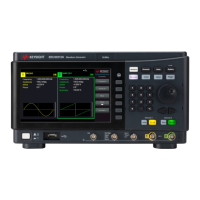
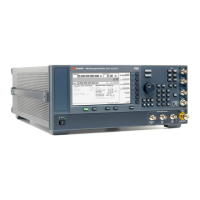
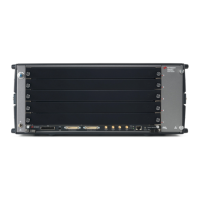
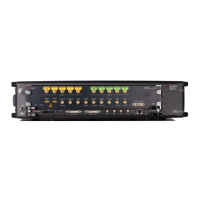
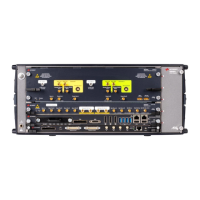
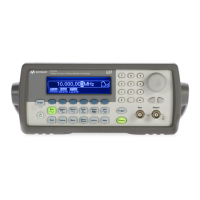

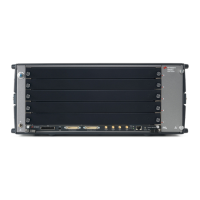

